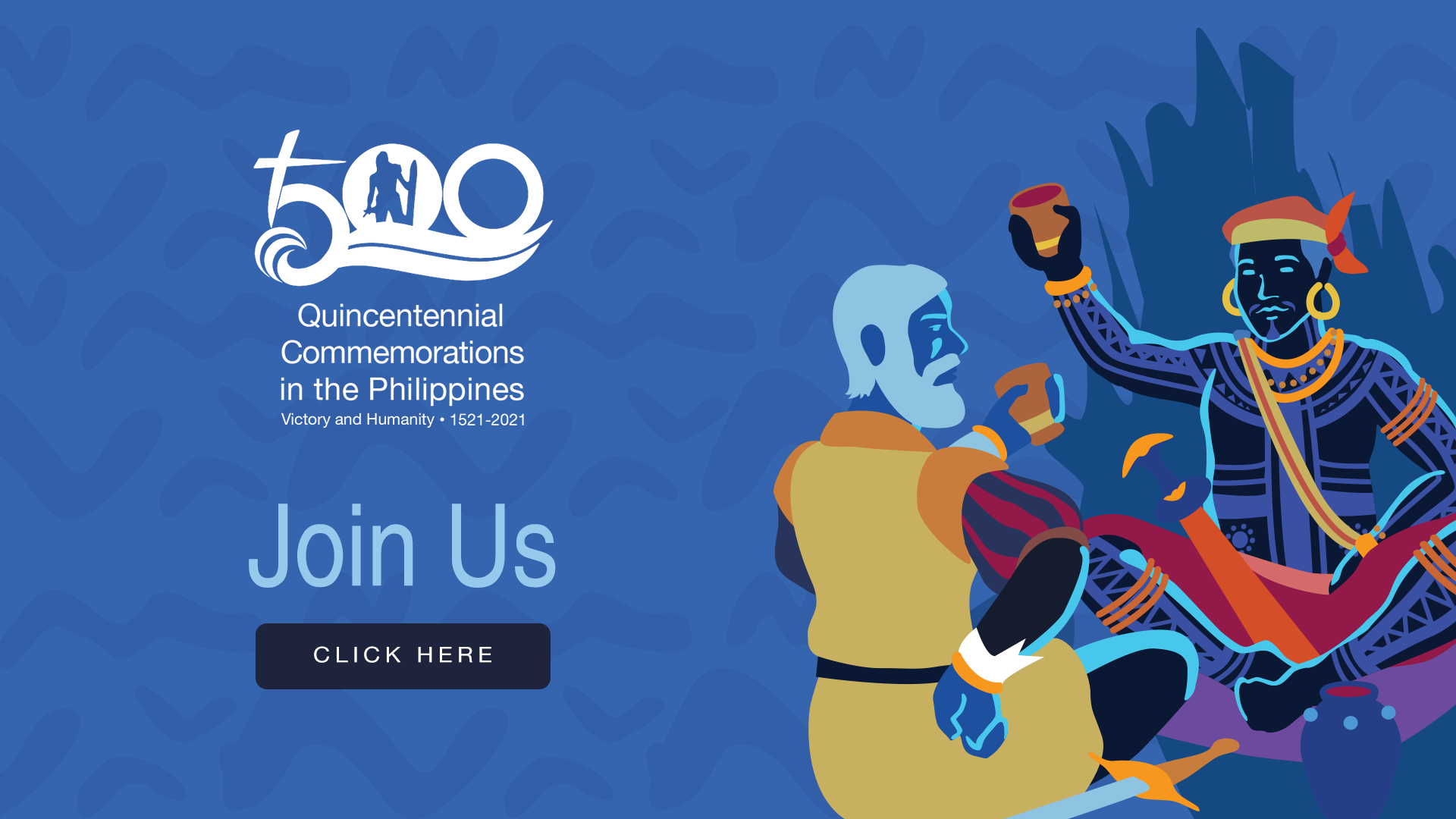Magellan’s Armada de Maluco and the Achievement of Humanity
Posted on 05 May 2020
By Xiao Chua
In 2019, the world marked the 500th anniversary of the commencement of the voyage of Ferdinand Magellan’s Armada de Maluco which first circumnavigated the planet. Two years later, the Philippines will join the world in commemorating this one-of-a-kind achievement of humanity.
The expedition was named after the Maluku, a group of islands south of Mindanao. It is commonly spelled as the Moluccas in various Philippine textbooks. Now part of Indonesia, many Filipinos remember the Maluku in its moniker mga pulo ng pampalasa (Spice Islands).

Previously assigned in the Malay Archipelago (i.e., Malaysia, Indonesia, Philippines) as a Portuguese soldier, Magellan claimed that the Maluku lay beyond the Portuguese dominion, thus belonged to the Spanish. Back then, the Treaty of Tordesillas of 1494 amusingly divided the world between Spain and Portugal. [READ English translation of the treaty here.] For the Holy See, the seat of Catholicism, the treaty was necessary to prevent discord between the two Catholic kingdoms.
Tratado de Tordesillas
Archivo General de Indias, PATRONATO,1,N.6,R.2
Magellan advanced this theory that one could reach the Maluku by sailing beyond the New World or the Americas—a route never been explored by the Europeans back then. He pitched his absurd theory to the influential Casa de Contratación (House of Commerce) of Spain in Seville. The Casa was responsible for managing the kingdom’s overseas affairs, such as the voyages to the New World. Magellan had to please Bishop Juan Rodriguez de Fonseca, the head of the Casa, because the latter was an adviser to then seventeen-year old King Charles I (later Charles V when he ascended to the throne of the Holy Roman Empire in 1519).


Maluku, Indonesia
Find local businesses, view maps and get driving directions in Google Maps.
The Casa was convinced by Magellan’s theory that there might be a shorter route to the Maluku lying just beyond the Americas. However, the Casa saw the renouncement of his Portuguese citizenship for Spanish a diplomatic issue with Portugal. But Magellan outsmarted the skeptic Casa when he had the opportunity to provide King Charles information about the Maluku. On 22 March 1518, the King and Magellan signed a contract in Seville. Even though against his will, Bishop Fonseca had to follow the King’s order to lend from the House of Fugger of Germany the budget for Magellan’s expedition. Again, Spain ventured into another ambitious enterprise in her history. Other bold enterprises of Spain were the reconquest of the al-Andalus, a big part of Spanish peninsula, which had been occupied by the Muslims for eight centuries, and the accidental landfall in the New World—all in 1492.
Capitulación con Fernando de Magallanes y Ruy Falero encomendándoles la Armada para el descubrimiento de la Especiería.
Archivo General de Indias, INDIFERENTE,415,L.1,F.18V-20R
Since the contract signing, it took King Charles more than a year to muster five ships called nao (not galleon, as most people think) that he promised would comprise the Armada de Maluco: San Antonio, Concepcion, Victoria, Santiago, and Magellan’s flagship, the Trinidad. Then, on 10 August 1519, the 260-strong Magellan expedition set sail from Seville.
Joining Magellan’s expedition was Antonio Pigafetta, a young knight from Venice, who served as his assistant and kept a journal about the voyage. Meanwhile, Magellan’s servant, Enrique, a native of Sumatra (now part of Indonesia), played an important role in the voyage especially when they arrived in the Malay Archipelago since he knew the trade language of the region, i.e., Malay. Magellan met Enrique in Melaka (now part of Malaysia) and brought to Europe.

Magellan had no idea of how vast and treacherous the waters beyond the Americas. He thought it was just a mere sea he christened as Pacifico (‘peaceful’ in Spanish). He only realized that his expedition had already reached the other side of the world when Enrique was able to converse with a rajah (paramount ruler of Indianized kingdoms in the Malay Archipelago) and a Muslim trader after more than three months in the Pacific—all happened in what would later be called the Philippines.
Unfortunately, Magellan meddled in the local politics in the Philippines. There, in Mactan he met his death on 27 April 1521.


Nevertheless, the expedition had to continue its objective: to reach the Maluku. In November 1521, Juan Sebastian Elcano, the Spanish captain of Victoria, braved the possibility of being captured by the Portuguese as he took the Cape of Good Hope route instead of the Pacific back to Spain. On 20 September 1522, the Victoria successfully reached Spain with 18 surviving crew. They brought to Spain important spices such as onion and cinnamon from the Maluku and the glory of being the first to circumnavigate the world. (There were other survivors from the expedition who were captured by the Portuguese in Indonesia and later returned to Spain. These were the crew of Trinidad who decided to follow the Pacific route but failed.)
Despite Magellan’s tragic end in Mactan, the kindness shown by our ancestors upon his arrival on what would be known as the Philippines in March 1521 refuelled the spirit and the bodies of his fledging expedition, ensuring the continuation of their journey to reach the Maluku and be able to complete the first circumnavigation of the world. That was the remarkable role the Philippines played in that achievement of Science and Humankind.
For further reading:
Bergreen, Laurence. Over the Edge of the World: Magellan’s Terrifying Circumnavigation of the Globe. New York: Perennial, 2004.
Camino, Mercedes Maroto. Producing the Pacific: Maps and Narratives of Spanish Exploration (1567-1606). Amsterdam; New York: Rodopi, 2005.
Gerona, Danilo Madrid. Ferdinand Magellan: The Armada de Maluco and the European Discovery of the Philippines. Naga City: Spanish Galleon Publishing, 2016.
Guillemard, Francis, et al. Magellan. England: Viartis, 2008.
Pigafetta, Antonio. Magellan’s Voyage Around the World (3 volumes), James Alexander Robertson, trans. Cleveland: Arthur H. Clark, Co., 1906.
Veneracion, Jaime B. España of Sancho Panza and the Don Quixote: An Introduction to a History of Spain. Baliuag, Bulacan: MSV Printers & Pub., 2010.
_____. Espanya: Kasaysayan, Kalinangan at mga Gunita ng Paglalakbay. Malolos, Bulacan: Bahay Saliksikan ng Bulacan, 2003.
Zweig, Stefan. Magellan. London: Pushkin Press, 2011.

